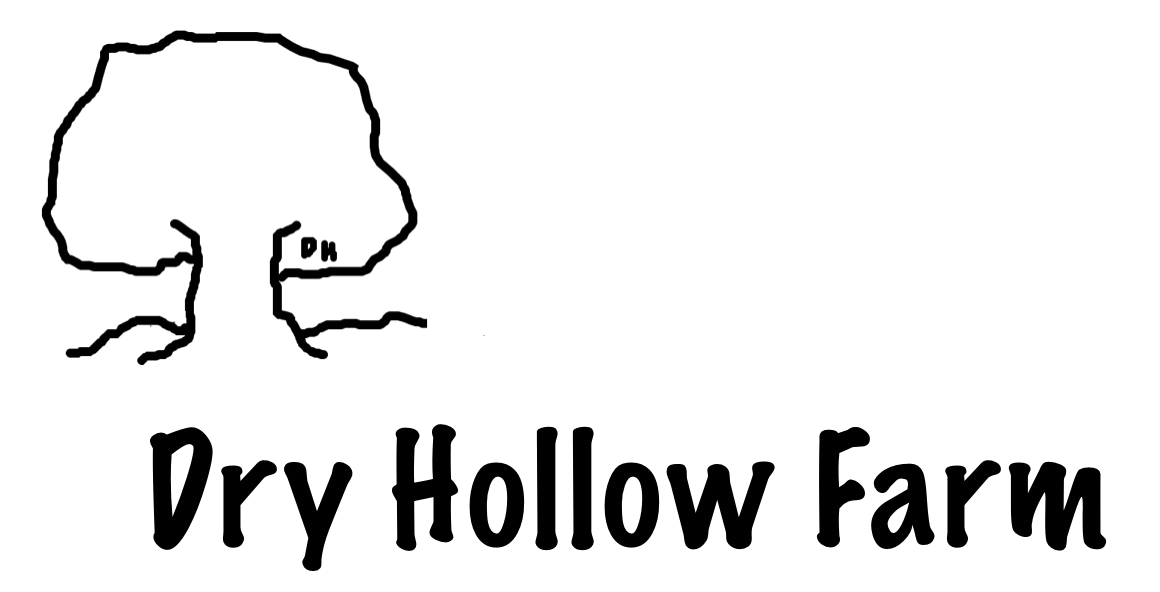Banding Tails
Domesticated livestock depend upon us to keep them healthy.
This time of year, we focus upon our newborn lambs who require tail removal as soon as possible after birth.
When a lamb is born, we have two days to catch the little one for tail removal and a wellness check. A healthy lamb will be on his or her feet within minutes of birth, anxious to nurse and stay close to its mother (who will continue her grazing for nutrition and calories). By day three, the little ewe or ram is almost too fast to catch, and we have spent many comical moments chasing them around the pasture.
Why do sheep need part of their tail removed?
The tail of a sheep grows wool like the rest of the body. Too much wool around the crutch area (underneath the tail on the backside of the sheep) can create matting and dampness. This attracts blowflies who will choose to lay their eggs here. When the eggs hatch into maggots, they burrow inside the sheep and begin eating the animal’s flesh. Blowfly strike, as this is called, creates a great deal of pain for an animal and possible death from blood poisoning.
There are two ways to remove the tail: banding or cutting. We choose to band with an emasculator (yes, it does what is says) that places tight rubber bands on the lamb’s tail about an inch from its body.
Blood flow is immediately cut off, and within two weeks, the dead tail falls harmlessly to the ground with no open wound.
Sometimes when we create social media posts about tail-banding, shearing, trimming hooves, disbudding, or other sorts of animal husbandry tasks, we receive responses criticizing us for what appears to be cruelty or a stressful event for the animal. The opposite is true. Every action taken promotes our animals’ health. Why? Because our herds of sheep and goats are an investment. We have spent a decade learning how to promote the health and welfare of our flocks.
Dr. Kathryn Bush owns and operates Dry Hollow Farm, a working goat and sheep farm in Huntingdon, Tennessee. Together with her husband, Russell, she creates skincare products from their fresh goat milk, grows organic herbs, welcomes visitors to their two cabins on the farm (available for stays through Airbnb), keeps the farm’s on-site soap shop stocked with their handcrafted products, and enjoys working the farm in company with their Great Pyrenees dogs (who work hard guarding the animals). Check out their natural products featuring farm-grown ingredients here, and sign up for the Dry Hollow Farm newsletter to stay in touch and be the first to hear about farm news, events, and new products.
